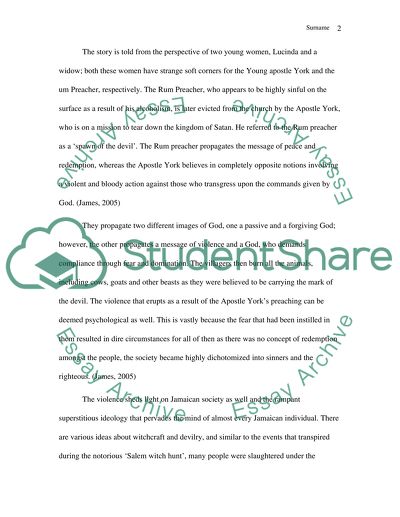Cite this document
(“Violence in the book of The Farming Bones by Edwidge Dantica and John Essay”, n.d.)
Retrieved from https://studentshare.org/environmental-studies/1420501-violence-in-the-book-of-the-farming-bones-by
Retrieved from https://studentshare.org/environmental-studies/1420501-violence-in-the-book-of-the-farming-bones-by
(Violence in the Book of The Farming Bones by Edwidge Dantica and John Essay)
https://studentshare.org/environmental-studies/1420501-violence-in-the-book-of-the-farming-bones-by.
https://studentshare.org/environmental-studies/1420501-violence-in-the-book-of-the-farming-bones-by.
“Violence in the Book of The Farming Bones by Edwidge Dantica and John Essay”, n.d. https://studentshare.org/environmental-studies/1420501-violence-in-the-book-of-the-farming-bones-by.


